New TSA TAB Test - 2025 Update
The TSA TAB Test, or Transportation Security Officer (TSO) Assessment Battery, is a newly established component of the TSA screening process, introduced at a select few airports equipped with cutting-edge 3D X-ray machines. These machines offer the capability to rapidly rotate CT scanner images, providing a detailed three-dimensional view of luggage contents. This test is enhancing the assessment of spatial reasoning, attention to detail, and processing speed in a format that typically ranges from 20 to 45 minutes. The new CBT test is very different from the old CBT test.
This page is a part of a serie about the TSA CBT and TAB Tests.
Connect the Dots
This section tests candidates' ability to quickly and accurately connect sequences of dots. Initially, candidates connect dots in a straightforward numerical sequence (1-2-3…), followed by an alphabetical sequence (A-B-C…). The final challenge involves a combination of numbers and letters (1-A-2-B-3-C…), requiring swift and precise connections without error. Despite seeming simplicity, this section demands keen attention and rapid response to succeed.
Free Sample Question
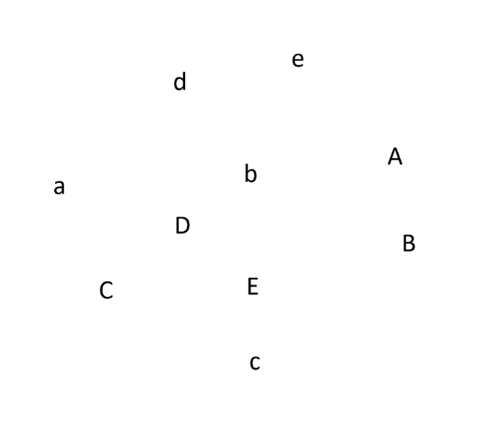
Click here to see the answer
You should have selected: A.

Image Matching
This rapid-response section, lasting three minutes, presents candidates with a single reference image alongside five closely similar variants. The task is to identify the exact match as quickly as possible, with scoring favoring both speed and accuracy. This section evaluates the candidate’s ability to discern subtle differences and make quick decisions under pressure.
Free Sample Question
Try to identify the figure that is the same as the one presented below, as fast as you can:
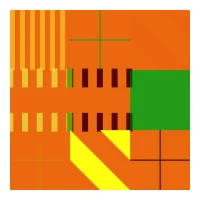

Click here to see the answer
You should have selected E.
Shape Folding
Regarded as the most challenging part of the TSA TAB Test, this section lasts about 20 minutes and involves analyzing 2D shapes with numbered sides and corresponding 3D shapes marked with letters. Candidates must mentally fold the 2D shape into the 3D version and match each number to the correct letter, navigating the complexity of the shapes which are more intricate than basic geometric forms. Approximately 12-15 questions are presented, testing spatial reasoning and the ability to handle complex instructions.
Free Sample Question #1
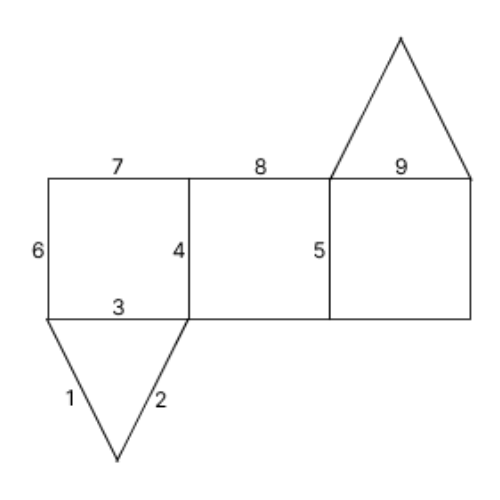

Click here to see the answer
You should have selected E.
Explanation: An effective strategy for answering questions about folding shapes is to focus on the corners of the unfolded diagram where three lines meet. For example, in the unfolded shape, the points labeled 5, 8, and 9 converge at a single corner when folded. Analyzing the provided options, only the second choice correctly adheres to this arrangement, making it the correct answer. It's important to note that any corner of the unfolded shape could be used for this method. If your initial choice of corner doesn't resolve all options, that's fine. Simply assess the corners you can and, if needed, check a different corner to complete your analysis.
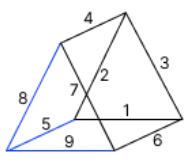
Free Sample Question #2
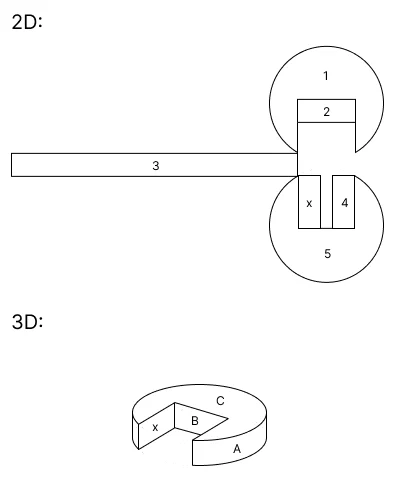
A = ?
- 1
- 2
- 3
- 4
- 5
B = ?
- 1
- 2
- 3
- 4
- 5
C = ?
- 1
- 2
- 3
- 4
- 5
Click here to see the answer
You should have selected: A=3, B=2, C=1.
Explanation: Given A=3, B=2, and C=1, let’s analyze the configuration:
The 3 face is the only option for "wrapping" the circles, so for A, it is straightforward: A=3.
Next, consider the position of x, which is on one of the squares along the same edge. Given that B is perpendicular to it in the 3D shape, it correlates with the 2 face of the 2D shape, rather than the 4. Therefore, B=2.
C is slightly more complex. By observing x’s position on the left side of the niche, you can deduce that the upper base must be 1. If the number 5 were on the upper base instead, x would have appeared on the right. Thus, C=1.
Tips and Tricks
Success in the TSA TAB Test requires not only familiarity with the types of tasks but also quick thinking and efficient problem-solving. Regular practice with pattern recognition, puzzle-solving, and spatial visualization exercises can greatly enhance these skills. Candidates are encouraged to engage with materials and practice tests that focus specifically on the challenges presented by the TSA TAB Test to build speed, accuracy, and confidence.
Did our tips help you pass the TSA TAB Test? Would you like to share your experience to inspire and assist other candidates? We would greatly appreciate receiving your comments, testimonials, and experiences. Your feedback helps us enhance our support for all candidates, ensuring others can achieve success just as you did.